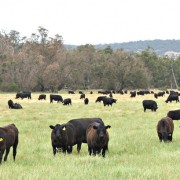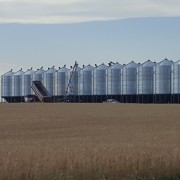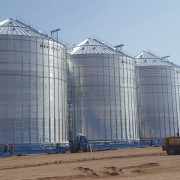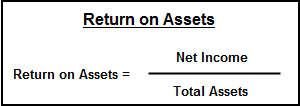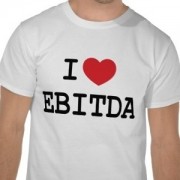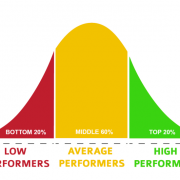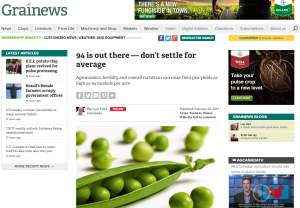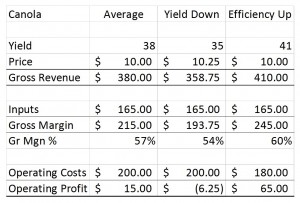Test Your Outlook
Price vs. Cost
*The following three lines are excerpted from Seth Godin’s Blog, October 16, 2017*
Price is a simple number. How much money do I need to hand you to get this thing?
Cost is what I had to give up to get this.
Just about every time, cost matters more than price, and shopping for price is a trap.
Does what Godin writes above strike a chord with you? When I hear of farmers selling out their long time input supplier to buy fertilizer for $5 per metric tonne cheaper from the dealer 20 miles down the road, I can easily understand that this is someone who does not understand price vs cost.
Expense vs. Investment
Too often there is confusion about what constitutes an expense and what constitutes an investment. An investment will provide a return over what you’ve paid, an expense will not.
Examples of investments are crop inputs, land, hired help, and quality advisors.
Examples of expenses are repairs, fuel, and equipment.
Sadly, when profitability is at risk, the first place many farmers look at is what falls under investment.
Price vs. Value
Price is what you pay.
Value is what you get.
And while it seems simple to distinguish one from the other, when emotion enters the equation we find that value is often seen where it does not actually exist.
Profit vs. Cash Flow
When I was still farming, the first year that dad wasn’t actively farming on his own any more and had rented us all his land, I was negotiating with him on when he wanted to get paid the rent (in the current year or after January 1). When he offered to defer to the new year since he had enough old crop sold already, I thanked him while admitting that it would help us since we were tight on cash for the next couple months. His reply was, “I thought you said this farm was profitable.” I told him it was, yet he wasn’t able to recognize that even though we weren’t flush with cash at that moment, we were profitable.
Often times when working with clients, I am offered a projection that they might have built on their own. Whether they call it a profit projection or a cash flow projection, it usually is a combination of both: it contains cash flow items like loan payments as well as expense items like (non-cash) depreciation. Doing so makes the result of the exercise look much worse that it actually might be.
Profitable businesses run into cash flow challenges at times; unprofitable businesses run into cash flow challenges most of the time. To rectify the issue, one must first know whether the problem is profitability or cash flow.
Problem vs. Opportunity
Recently, I read an article written by a farm advisor that described the panic of a client who hedged 30% of his new crop production at a profitable price. The panic was because the market had moved higher. His view was that this was a problem, but the advisor patiently guided him through the reality that this was actually an opportunity to price more crop.
The producer viewed the situation as a problem because he felt he “missed out” on selling for a higher price. The reality was that he was already priced at a profit (a meager one, but still a profit) and now had the opportunity to price in even more profit. Sadly it seems he would have been happier if the market had moved down because his hedge would have been even more in the money despite the fact that the remaining 70% of his new crop was unpriced and might then be unprofitable…
To Plan for Prosperity
Objectivity can be difficult to maintain when making business decisions. I know; occasionally I have the same difficulty in my own business, and that is why I have a business advisor.
As entrepreneurs, we get caught up in what we’re doing, what we’re trying to solve, or what we’re working to create. We can get so engrossed in our own ideas that we sometimes fail to see what is blatantly obvious, that which can bring faster results, a more desirable outcome, or just less stress. Garnering the perspective from someone outside our business is a great way to test our outlook.


